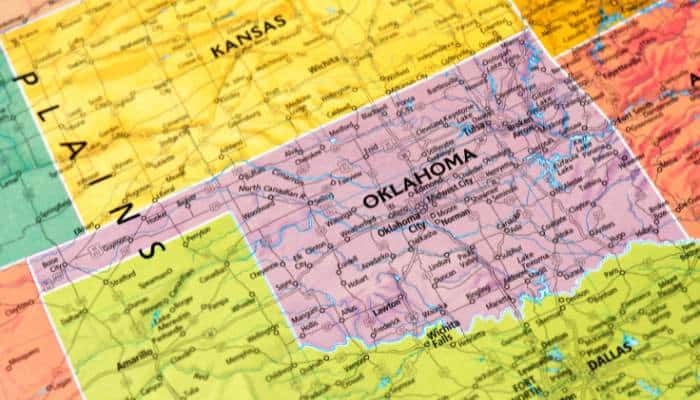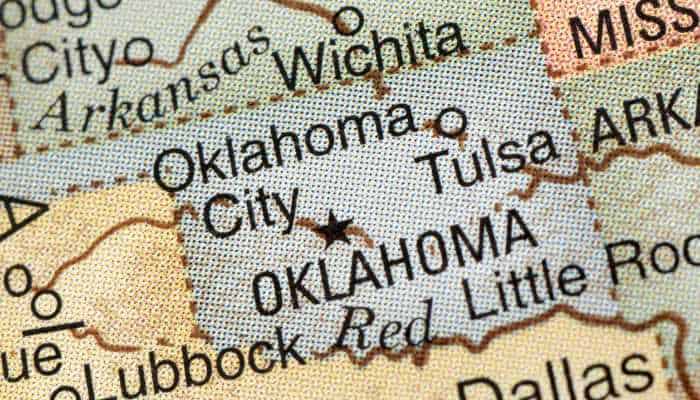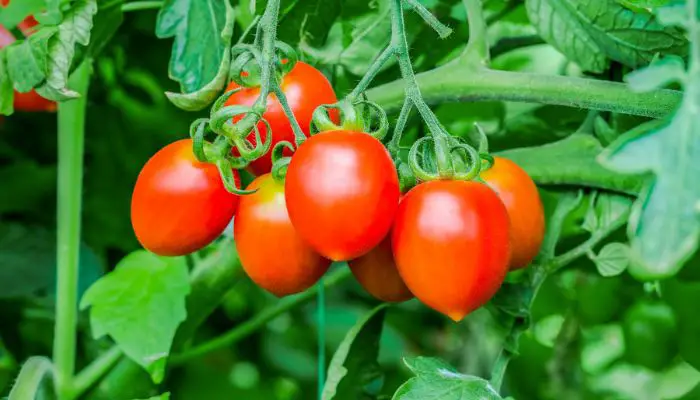Did you know that Oklahoma is a leading producer of wheat, cattle, pork, and greenhouse and nursery products?
Oklahoma’s diverse landscape – from the Great Plains to the Ozark Mountains – provides ample opportunity for farmers and ranchers to grow a variety of crops and livestock.
Wheat is the state’s top crop. Other important crops include soybeans, cotton, corn, and sorghum. Cattle ranching is also a vital part of Oklahoma agriculture.
The state is home to millions of head of cattle, making it one of the top beef-producing states in the country.
Pork production is another important aspect of Oklahoma agriculture, with the state ranking fifth in the nation for hog production.
The state’s mild climate and ample sunlight make it ideal for growing flowers, plants, and trees.
US Plant Hardiness Zone
Let us take a glance at the US Plant Hardiness Zone Map.
Plant Hardiness Zone Map for Oklahoma

Climate
Oklahoma experiences a humid subtropical climate in the eastern part of the state, with hot, humid summers and mild to cold winters.
The state comes under zone 6-8a. Summers are long and hot in Oklahoma. The south and eastern parts are more humid, moist, and cloudy than the western region.
Winter temperatures occur by mid-October in the fall season and end by mid-April in the spring season.
Precipitation
The annual rainfall varies between the east and the west portion of the state.
It increases sharply from a scanty 18 inches in the west to an ample 56 inches in the east and south.
Snowfall varies from 2″ (51mm) in the east to 30″ (762mm) in the panhandle.
Northwest Oklahoma has several incidences of snowfall, but the snow rarely remains on the ground for more than a few days.
Soil Type
The map below shows the ecoregions of the state.

Now, let us know the soil orders present in these ecoregions using the below table.
Soil Order Of Oklahoma
| Soil / Sub Order | Location | Characteristics |
|---|---|---|
| Alfisols/Ustalfs, Udalfs, and Aqualfs | Ustalfs in the Central great plains, and Udalfs and Aqualfs in the southeastern and the northeastern part of the state respectively. | 1. Ustalfs have a ustic soil moisture regime. 2. Udalfs have a udic moisture regime. 3. Aqualfs have warm and aquic conditions. |
| Mollisols/Ustolls and Udolls | Ustolls in the western and central part while Udolls in the northeastern part of the state. | 1. Ustolls are the more or less freely drained Mollisols of sub-humid to semiarid climates. 2. Udolls are the more or less freely drained Mollisols of humid climates. |
| Inceptisols/Ustepts and Udepts | Ustepts in the western part of the central great plains and Udepts in the southeast part of the state. | 1. Ustepts are freely drained Inceptisols that have a ustic moisture regime. 2. Udepts are mainly freely drained Inceptisols that have a udic or perudic moisture regime. |
| Ultisols/Udults | In the eastern part of the state | 1. Udults are the more or less freely drained, relatively humus-poor Ultisols that have a udic moisture regime. |
| Entisols/Fluvents | In small parts of the central great plains | 1. Fluvents are the more or less freely drained Entisols that formed in recent water-deposited sediments |



